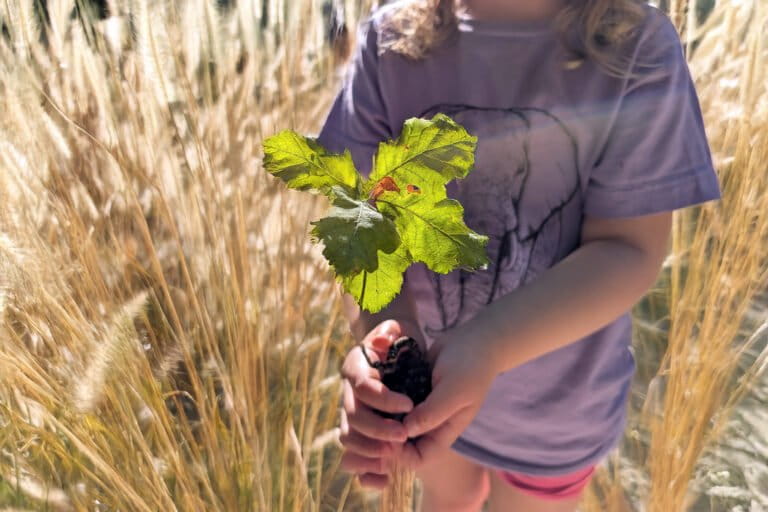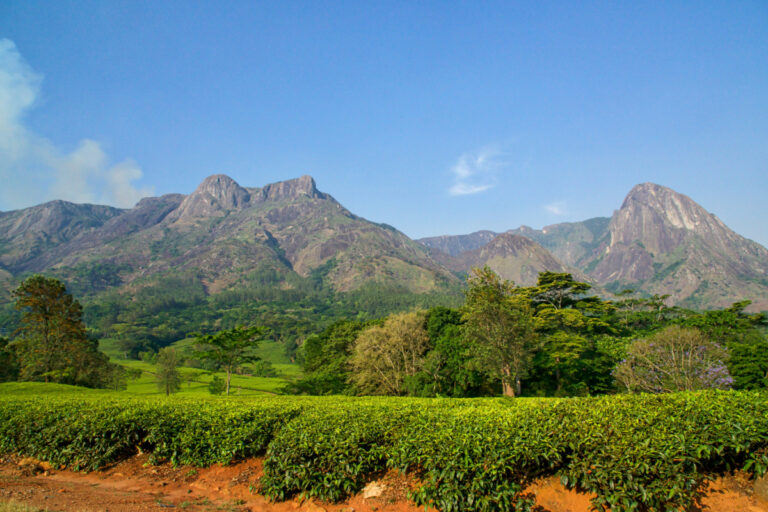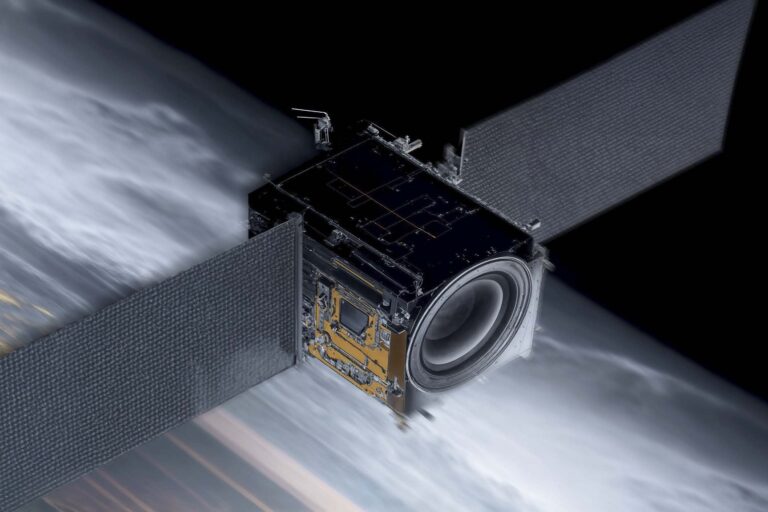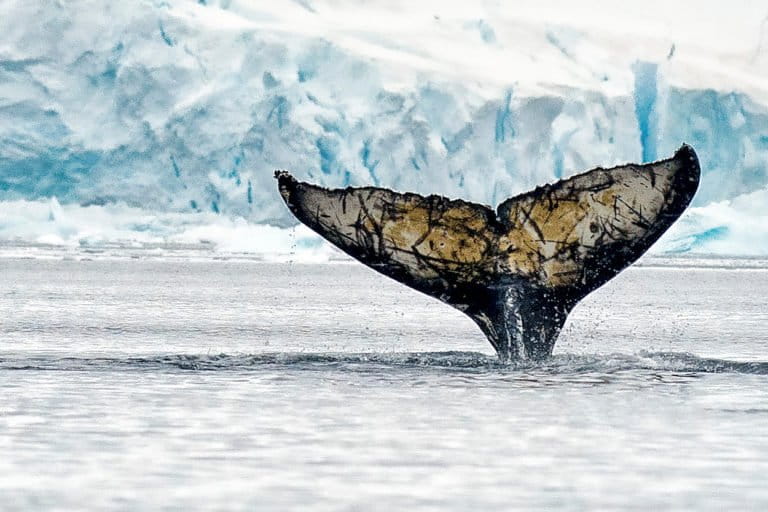- Scientists have published new evidence confirming that Wayag Lagoon in Indonesia’s Raja Ampat archipelago is a globally rare nursery for juvenile reef manta rays (Mobula alfredi).
- Visual observations from 2013 to 2021 show that juvenile reef manta rays are repeatedly encountered in the small, shallow and sheltered lagoon, without the presence of adult individuals; the young rays spend months at a time inside the lagoon, never venturing out.
- The findings have prompted marine authorities in Indonesia to start revising the management of the lagoon to safeguard the manta nursery zone, with regulations being drawn up to limit disturbances to the young rays.
- Both oceanic and reef manta rays are protected species under Indonesian law, which prohibits their catch and the trade of any of their body parts.
JAKARTA — Researchers have confirmed that a lagoon in Indonesia’s Raja Ampat archipelago, a popular dive site, is a nursery for newborn and juvenile manta rays, cementing the area’s status as a key sanctuary for the species.
In a recently published study, scientists in Indonesia, Australia and New Zealand concluded that Wayag Lagoon in Raja Ampat, in West Papua province, is a globally rare nursery for juveniles of the reef manta ray (Mobula alfredi). Identified nurseries for the rays typically lack proof of long-term and continuous stays by juveniles, which is one of three requirements — described in a 2007 study — for confirming a nursery. The other requirements include common encounters of young rays and repeated use by juveniles of the site.
Wayag is just one of four areas in the Raja Ampat archipelago that have been identified as potential M. alfredi nurseries, and is the most studied one. If the other three are also confirmed by scientists, it would solidify the status of at least two Indonesian protected areas — Raja Ampat and Komodo National Park — as key sanctuaries for manta rays.
“Around the world, there’s much work to be done in confirming and protecting manta ray nurseries, and hopefully this study will encourage researchers and conservationists to take on more of these projects,” study lead author Edy Setyawan, a marine scientist at the University of Auckland, said in a press release.


For their study, Edy and his colleagues analyzed a data set of visual observations from 2013 to 2021 showing that juvenile reef manta rays were repeatedly encountered in the small, shallow and sheltered lagoon, without the presence of adult individuals. They combined this with satellite and acoustic tracking data, which showed how the young rays spent months at a time inside the lagoon, never venturing out.
Wayag Lagoon is located within the Raja Ampat marine protected area, which ensures the rays have access to foraging grounds and so-called cleaning stations — sites on coral reefs where small “cleaner” fish feed on the parasites that cling to the rays. At the same time, Raja Ampat is home to many fishing communities and also a popular destination for foreign tourists, who come for its diving, snorkeling, bird-watching and island-hopping activities.
Setyawan said marine authorities in Indonesia were already revising the management of the lagoon to safeguard the manta nursery zone. Among the regulations being formulated to this end are a 5 knot (9-kilometer-per-hour) speed limit for boats within the lagoon, and the designation of specific areas where visiting vessels can moor without disturbing the juvenile rays.
“In the manta nursery zone, tourists and visitors will still be allowed to view and interact with the manta rays under a strict code of conduct, but no fishing is allowed,” Setyawan said.
“Safeguarding this nursery could ultimately be instrumental for the survival and recovery of M. alfredi populations in the region,” the study says.

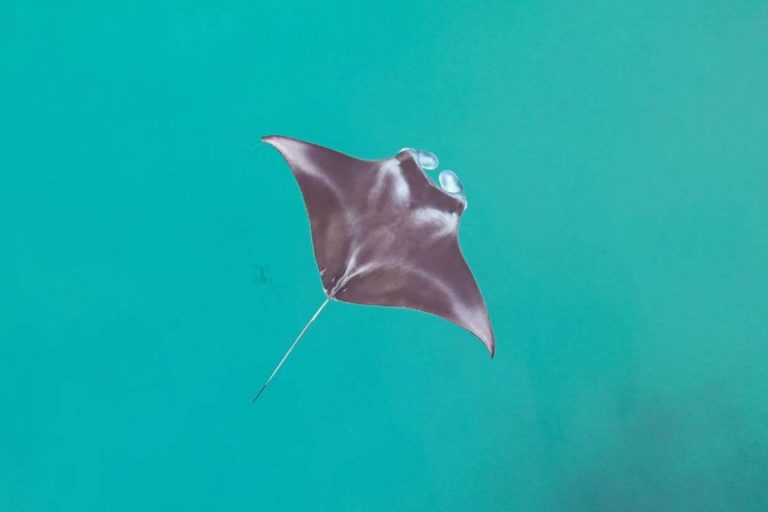
Other places known to have large aggregations of manta rays include Komodo National Park in Indonesia’s East Nusa Tenggara province, and the Maldives. The authors of the recent study suggest that New Zealand might also host a nursery for globally endangered giant oceanic manta rays (Mobula birostris).
“We’ve seen pregnant females in New Zealand waters,” Setyawan said in the statement. “Moreover, we’ve seen courtship behavior and fresh mating scars on some females in the Hauraki Gulf, and given the 12 to 13 month gestation period it seems likely that if they’re regularly in New Zealand waters in summer time they will give birth here.”
Both reef and oceanic manta rays are categorized as threatened on the IUCN Red List. They’re targeted for their gill plates, which are a prized ingredient in traditional Chinese medicine, or accidentally caught as bycatch.
Indonesia has since 2014 placed both species under protection, making it illegal to catch them or trade in any of their body parts.

Citations:
Setyawan, E., Erdmann, M. V., Mambrasar, R., Hasan, A. W., Sianipar, A. B., Constantine, R., … Jaine, F. R. A. (2022). Residency and use of an important nursery habitat, Raja Ampat’s Wayag lagoon, by juvenile reef manta rays (Mobula alfredi). Frontiers in Marine Science, 9. doi:10.3389/fmars.2022.815094
Heupel, M. R., Carlson, J. K., & Simpfendorfer, C. A. (2007). Shark nursery areas: Concepts, definition, characterization and assumptions. Marine Ecology Progress Series, 337, 287-297. doi:10.3354/meps337287
FEEDBACK: Use this form to send a message to the author of this post. If you want to post a public comment, you can do that at the bottom of the page.
Follow Basten Gokkon on Twitter to see his latest work via @bgokkon.







